Climate and Energy Summit 2025
Next event In person & livestreamed

- Area of Expertise
- Climate, Energy & Natural Resources
Climate, Energy & Natural Resources

Founder of the New Building School at Vidzeme University of Applied Sciences and 2023 European Young Leader (EYL40)
Sustainable action is not only a necessity but an urgency. However, the scope of ‘sustainable thinking’ to ‘sustainable action’ is stretched between many parties, society at scale, and international and national policies. And oftentimes we lose sight of the problem in our daily lives.
One such daily experience is the built environment around us. Unless we live in scattered glamping somewhere in the Latvian forest, we are all touched and shaped by the architecture around us. Moreover, we are influenced by the urban setup and liveability of city fabrics.
However, when the topic of sustainable living spaces, such as houses or apartments, comes up at a barbecue party with friends, the discussion is mostly wrapped around energy efficiency and alternative energy sources. The same kind of discussion also happens in boardrooms and roundtables on sustainable construction, due to the buzzing background of the energy crisis and energy dependence.
Some uncomfortable questions and revelations point to the necessary and urgent need for a sustainable construction revolution.
Your building’s CO2 footprint is bigger than you think. When talking only about energy efficiency, we generally only address the tip of the iceberg. In fact, the built environment has become the largest contributor of greenhouse gas (GHG) emissions, generating 40% of annual global CO2 emissions. Those emissions are split in two categories: embodied emissions and building operations emissions (click link to see image).
The construction sector is responsible for over 35% of the EU’s total waste generation
Embodied carbon refers to GHG emissions produced in a structure’s life cycle, including manufacture, maintenance and decommissioning. These are often overlooked in GHG reduction strategies for buildings, as regulation typically focuses on operational emissions associated with heating, cooling and powering a building. The built environment in the EU requires vast amounts of resources and accounts for about 50% of all extracted material. Greater material efficiency could save 80% of those emissions.
When we look at all the new construction that is projected to take place between now and 2040, we see the critical role that embodied carbon plays. Think of a solar panel-powered house as the cherry on the top of a very, very fat cake if you don’t consider sustainability in terms of life-cycle emissions, local production, materials, reuse and recycle.
Waste, waste, waste… Construction is all a big waste. The construction sector is responsible for over 35% of the EU’s total waste generation. Architect Marija Katrina Dambe from the NOMAD architects office once said to me: “Once you see the construction wastelands full of materials, you just cannot ignore it. Since then, I always have that image shown to my clients.” (click link to see image)
Endorsed by housing crises and the need for affordable living space in almost all major EU cities, a ‘fast build, fast sell’ attitude has led us to build at unprecedented speed without thinking about long-term consequences.
The EU’s ‘Strategy for a Sustainable Built Environment’ aims to ensure coherence across relevant policy areas such as climate, energy and resource efficiency, management of construction and demolition waste, accessibility, digitalisation and skills.
Circular materials, the reuse of materials, and natural and ecological materials should become part of the construction playbook
Beyond strategy, in recent years, multiple EU countries, such as France, Denmark and the Netherlands, have followed with action by issuing local climate, sustainability, circularity and waste management legislation that corresponds largely to initiating a paradigm shift in the construction industry. However, construction waste management models, applications and practices are still rarely considered and leave a lot of room for improvement (click link to see image).
The possibilities include the prioritisation of reuse through a variety of approaches. Materials may be repaired, refurbished and rehomed so as to extend their life. To support these possibilities at the end of a material’s useful life, the initial design of the material or its use need to change. Such changes would facilitate improvements in deconstruction and reconfiguration. If the goal of reuse is not achieved, the next possibility to consider is to recycle the material into another product. If that is not possible, then the recovery of embodied energy can be done by utilising the material in energy production, for example, thermal or electric. Landfilling and eventual biodegradation is a last resort outcome within the circularity hierarchy and should be avoided if at all possible.
These factors come into play together with embodied CO2 in building life-cycle assessments (LCAs).
The requirement of LCAs is one step forward to ensuring sustainable construction. The life-cycle approach considers building design before construction and ‘design for disassembly’. Circular materials, the reuse of materials, and natural and ecological materials should become part of the construction playbook.
Are we there yet? The EU construction industry, which includes apartment and homeowners, plays a significant role in the growth of national economies, as it is one of the largest industries in terms of material consumption. Therefore, by increasing the demand for circular and sustainable building materials, as well as construction products produced from local renewable natural resources and recycled or downcycled materials, the construction industry could actually reach the EU’s zero-emission goals, thus also presenting the opportunity to promote the development and production of sustainable, circular construction materials, methods and technologies to shift economic gain.
The views expressed in this #CriticalThinking article reflect those of the author(s) and not of Friends of Europe.
Image credit: Vergnaud Entreprise/Opalis
Next event In person & livestreamed

Past event In person & livestreamed

Past event In person & livestreamed
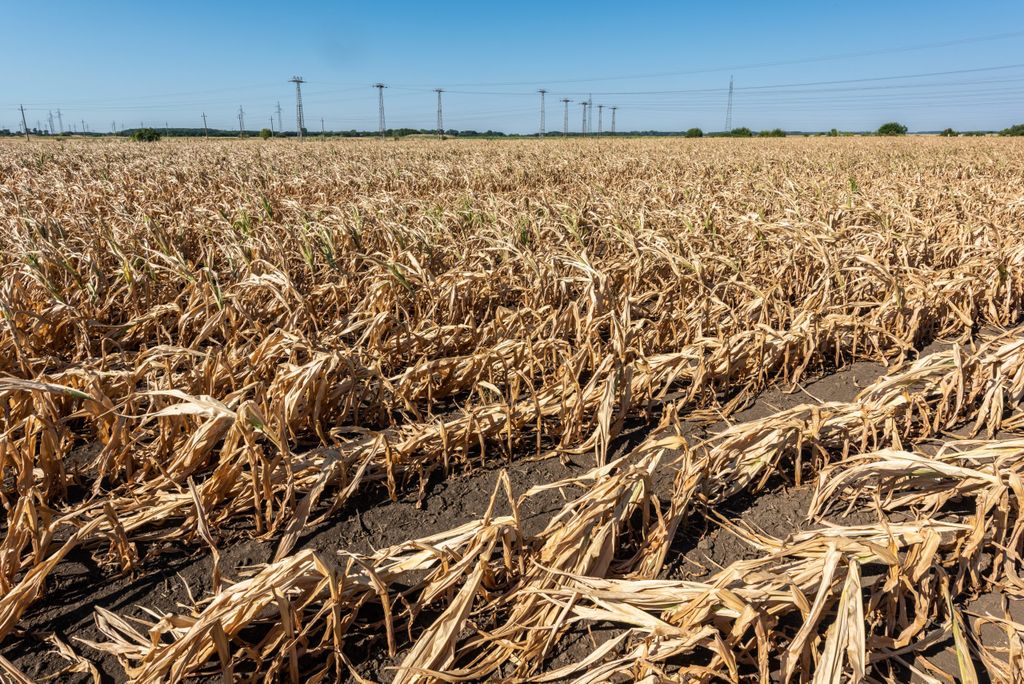
Past event In person & Livestreamed
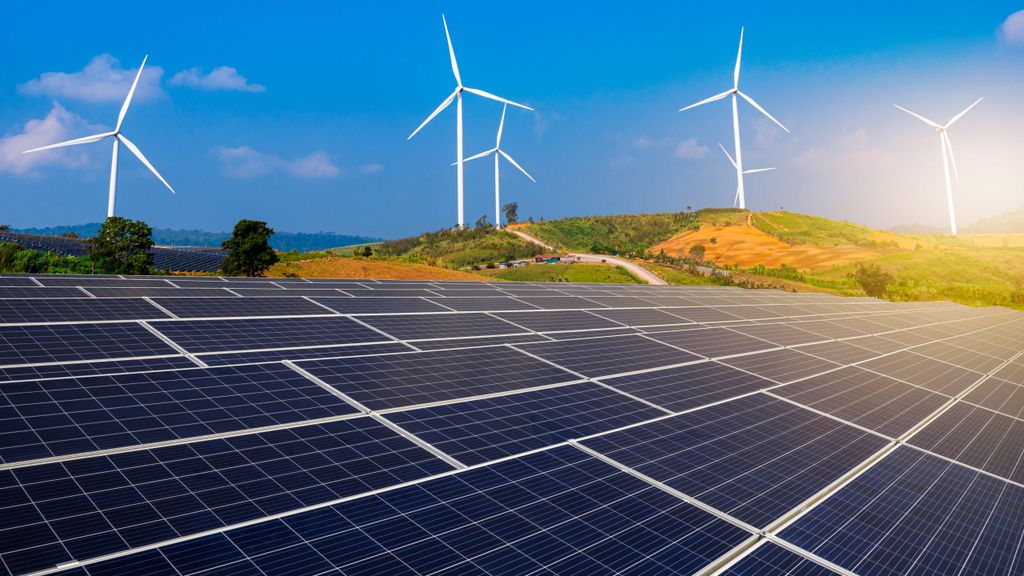
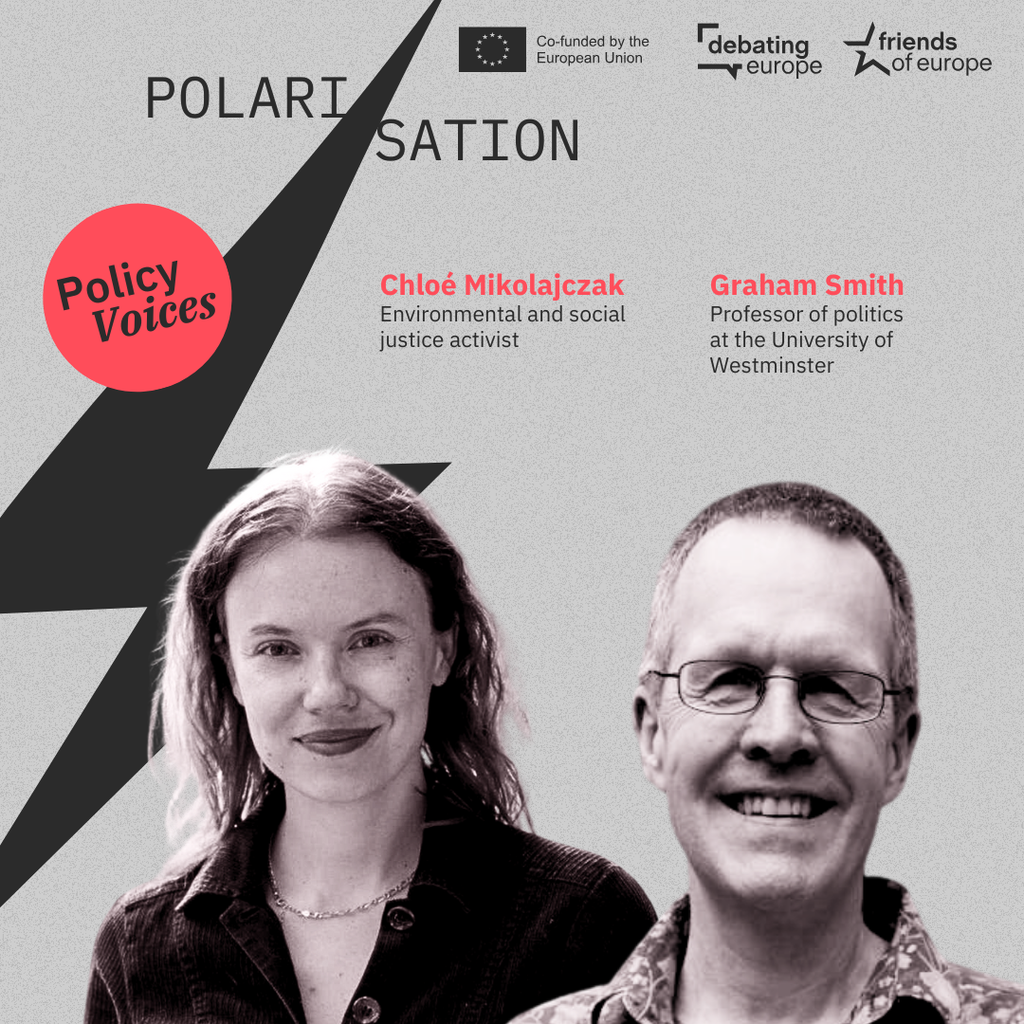

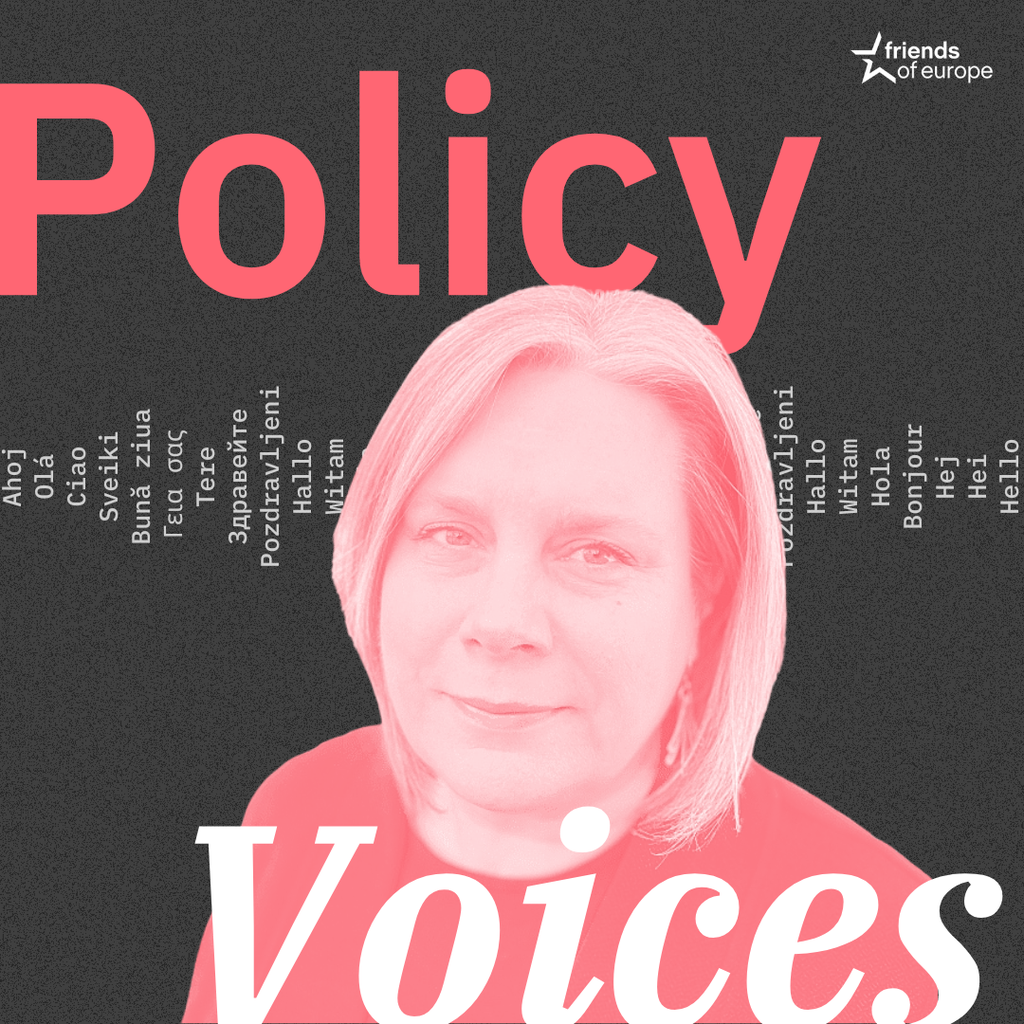
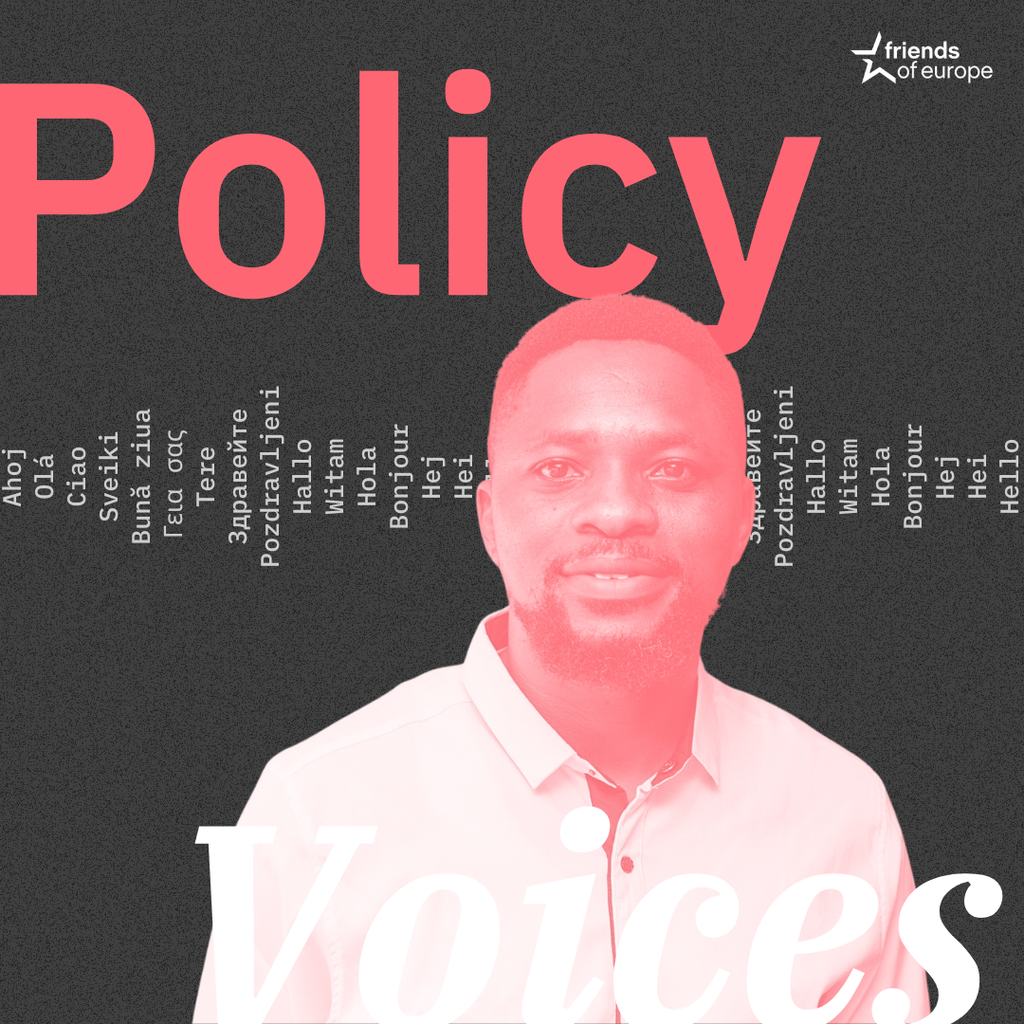
Stay informed
We use cookies and similar technologies to adjust your preferences, analyze traffic and measure the effectiveness of our campaigns. Learn more about our privacy policy.